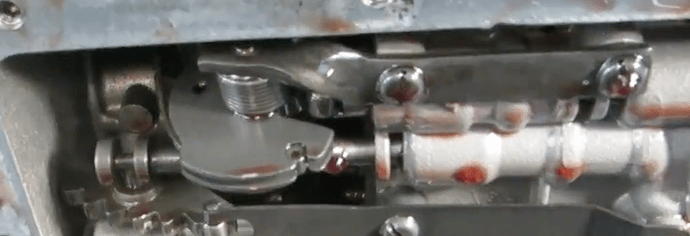Hi and thank you for reading, in advance.
Before you ask, I went through the workshop manual, the haynes copy and most of the internet.
My gearbox was among the few parts of my XJ6 that worked flawlessly when I bought it. A few weeks ago, however, it emitted a creaking noise on acceleration which I first thought to be wheel spin related, but obviously it wasn’t. There is no flare, shift quality is okay.
I then topped of the fluid which was red but slightly low (hot side, went through all gears, oil hot, idling in P).
Stall test in first reproduced the creak (not the brakes).
What happened next was that the box decided to ignore my throttle commands, as in upshifts as soon as possible, no load relation. My guess then was, and still is that it had something to do with the TV, or kickdown cable: The line pressure too low / the cable disconnected should reproduce the mentioned issues, right?
So an hour ago I went out to make careful adjustments.
The cable pulls out with minimal resistance, albeit frayed (Which I knew of, so I threw a spare in the trunk just before things went downhill), I can feel slack, then resistance and then even more resistance which should be the kickdown - a ‘click’, then stop- and all that engages within normal pedal travel so it should be good, not stretched!
Didn’t mind the bands as it was a rather sudden change, gradually worsening afterwards and it changes gears via the lever albeit just as bad.
I went through the full cable adjustment range anyway, without any change in shift characteristics.
Stall test is creaking in drive, not so in reverse where it stalled around 2300 for a second and then went on to produce a wee bit of smoke and more rpms and as reverse uses only the rear band & clutch, I ruled out band adjustment as major issue… Also it whines in first which it always did, and seemingly this is normal.
So I guess I will need to adjust bands if there’s any lining left, also do the oil and filter and also adjust the tv cable cam. I do have a spare BW65, condition unknown, but don’t want to swap them. Wish it was a four speed overdrive. Also, I don’t really want to drive anywhere to swap.
Do you have any ideas, suggestions, help? Could something be blocked, clogged, jammed, broken?
(Truly!) yours, David


